There is lots of advice on this on the web but here is some more, in case it is helpful to anyone.
I recently started to use film again and, as it was inexpensive, invested in a pack of Agfaphoto APX100 (the new one) and, after sending a few films to a professional lab, I bought a bottle of Rodinal and some Agfa fixer and started developing my own again (I still have a developing tank I used in the pre-digital age). That was great and made using B&W film much more affordable–not that much more than the cost of the film. Several posts here illustrate the results I was getting. However, as my bottle of used developer accumulated, because I am not sure of the best way to dispose of it, and as I read more and more about Caffenol, I decided I should give it a try. I was also wondering whether it might give me any finer grain. Grain is fine, and even a merit, in some shots, but there are situations where fine detail is the priority. Maybe Caffenol would help.
I also acquired some rolls of expired FP4 from a friend, and decided to try one of those to test whether I could get Caffenol to work. Yes, I know that to test the developer I should use the same film, so I know what is causing any differences, but I was sufficiently unsure about it working first time, that I did not want to waste a fresh film on it. So I loaded a roll of expired FP4 into my OM4Ti (my go to for normal 35mm, because its exposure meter seems to work well and I have a choice of lenses for it), and on a visit to the supermarket went to the town centre to take a few random shots, purely to test the developer. I took several shots twice, once at box speed and once overexposed by a stop. In the changing bag I cut off the first dozen or so exposures and loaded them into the tank. Then the fun.
The recipe I used was “Delta STD” on caffenol.org, with quantities halved for simplicity (next time I will work out the quanties for 300 ml which is enough to cover the film):
- 9 level teaspoons of instant coffee (Waitrose Essentials, at £1.20 a jar)
- 16 level teaspoons of Soda Crystals (again Waitrose, 1.5 kg for around £2.75)
- 1.5 teaspoons of Vitamin C, purchased on eBay for £5.99 (it is much more expensive at a local health food store )
- Water to make up 500ml.
Total cost approximately £10. I haven’t worked out how many films it will do or the cost per film, but it looks to be a large number, meaning it will not be very expensive.
Someone posting on Flikr recommended (for FP4) 12.5 minutes at 20 degrees C, with 60 second agitation for the first minute and 3 inversions per minute after that. Given the age of the film must be a decade past its expiry date, I decided to increase that to 15 minutes. Of course, to test the developer I should have used fresh film, but I haven’t seen recommended times for APX100, the only fresh film I have at the moment.
The only glitch was that when I looked at the film after pouring out the fixer, I realised that my fixer was exhausted, so the film was quickly back into the tank (I took a look before removing it from the spiral), and with some fresh fixer (with no time to calculate the correct amount, I just put two tablespoons of powder into 300ml of water and poured it in quickly). The film soon cleared.
What of the results? The first thing–it works, and is not a myth, not that I seriously thought it was! The negatives are thinner than I am used to, but usable. That could be the developer or the expired film. Where I bracketed the exposures (if taking two shots counts as bracketing) the ones with more exposure seemed a bit better, though the differences were very little. Enough for me to over-expose the 10-year old FP4 by a stop, or even two, next time I use it.
First, a few pictures.
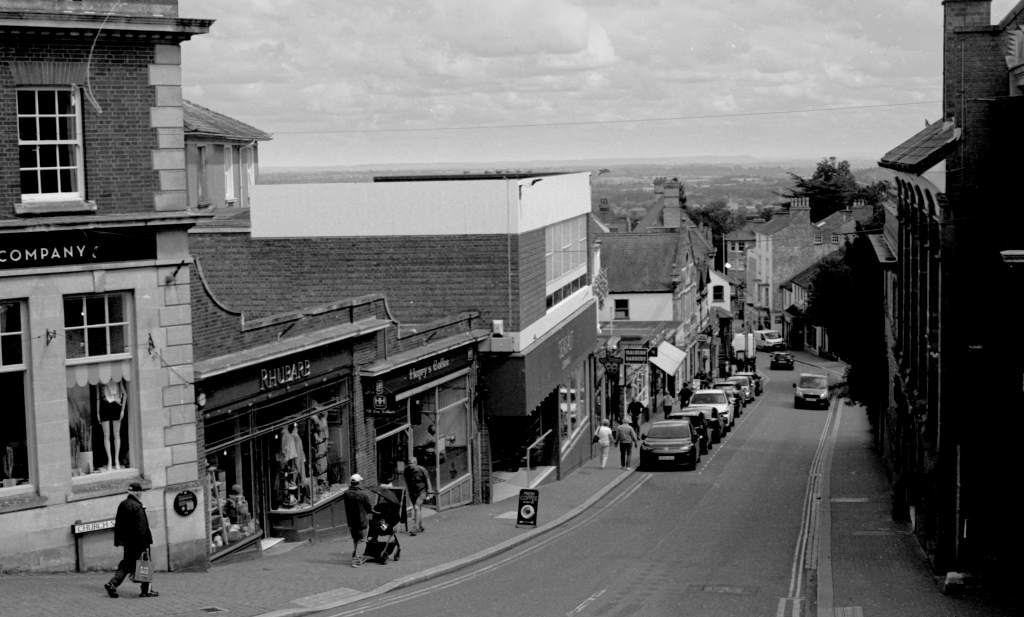
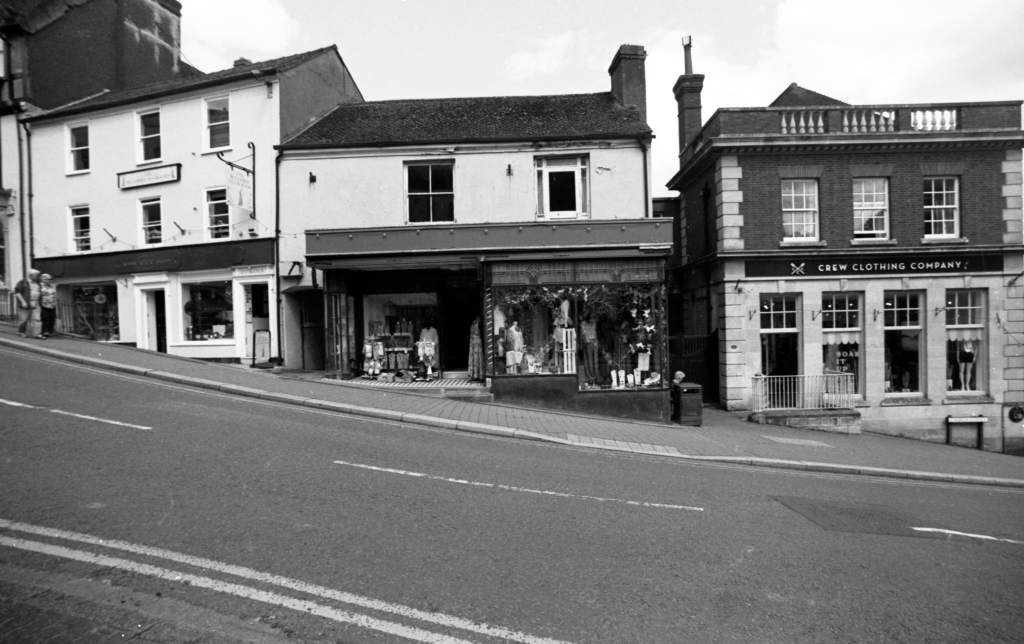
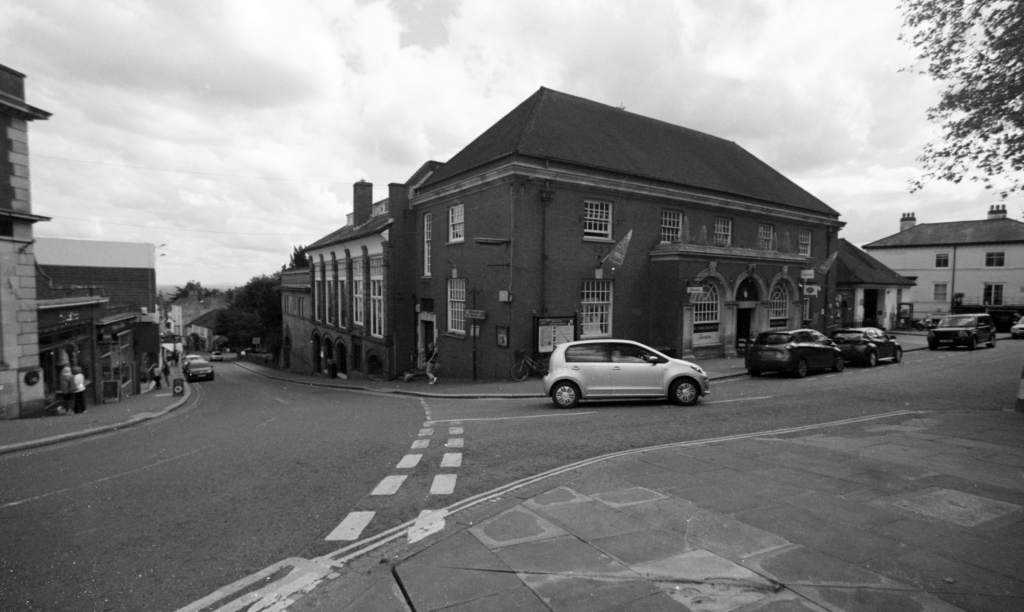
These show that it worked. These were scanned on an Epson V700 at 3200 dpi, making the types of adjustment I would normally make – start with auto levels and then tweak the tone curve quickly so that there is a bit of detail in the shadows and the sky. Yes, I know that means images will not show under/over exposure. I then tweaked the tones a bit in Photolab and in some cases used the repair/clone tool to get rid of a few dust spots.
My first reaction was that there is more dust than I expected on some of the negatives. At web resolution it is hard to see, but this one was the worst and there are white specks all over. (The previous one of the same view was a different negative, exposed 1 stop more or less, and happened to have fewer spots, though I did clone out one or two.)
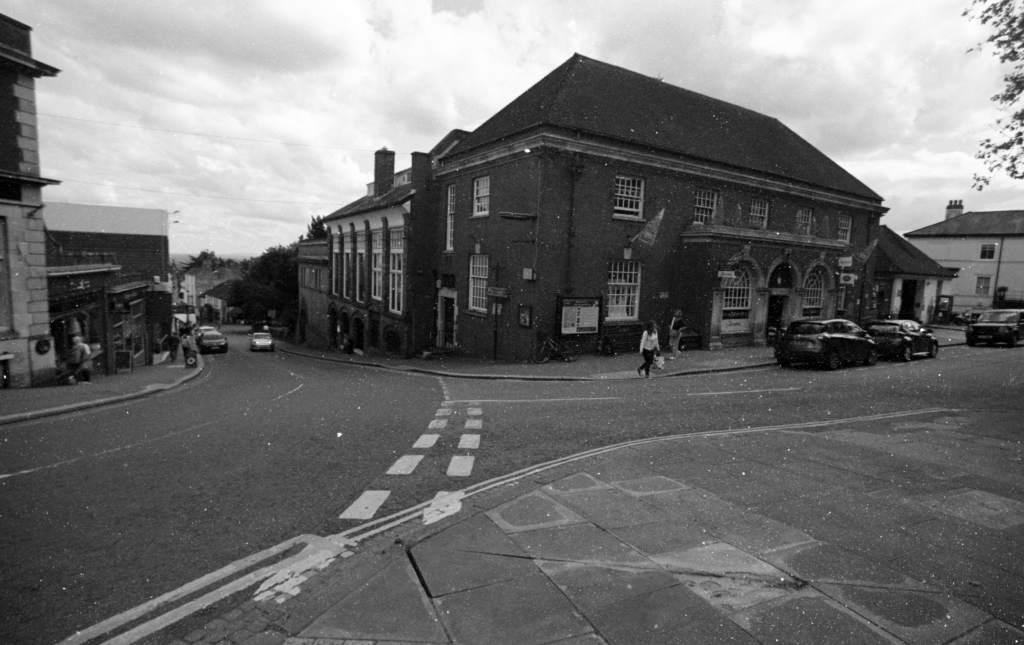 Seeing the number of spots made me wonder whether it was dust. Could it be the result of the bubbles in the Caffenol or soda crystals that had not dissolved? But maybe dust is more likely given that the spots are pure white.
Seeing the number of spots made me wonder whether it was dust. Could it be the result of the bubbles in the Caffenol or soda crystals that had not dissolved? But maybe dust is more likely given that the spots are pure white.
The second issue is that the images seemed softer than I expected, even though the grain seemed very good. To show the grain here is a 100% crop from the second photo above.
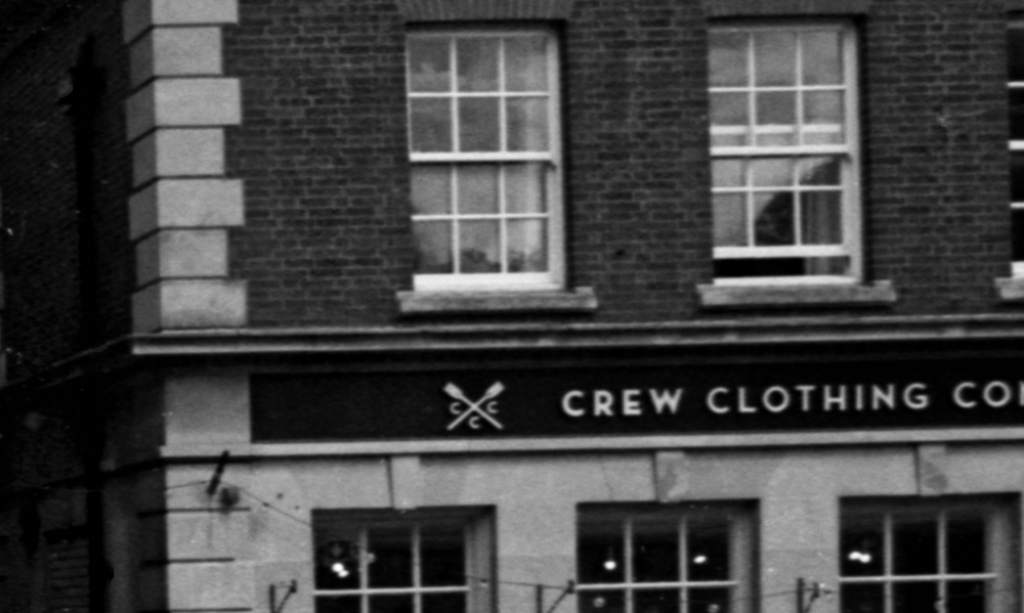
For comparison, the next shot was taken (on the Severn Valley Railway), using APX100 developed in Rodinal 1:50. A 100% crop follows it. The distortion is because it was taken with a fisheye lens.

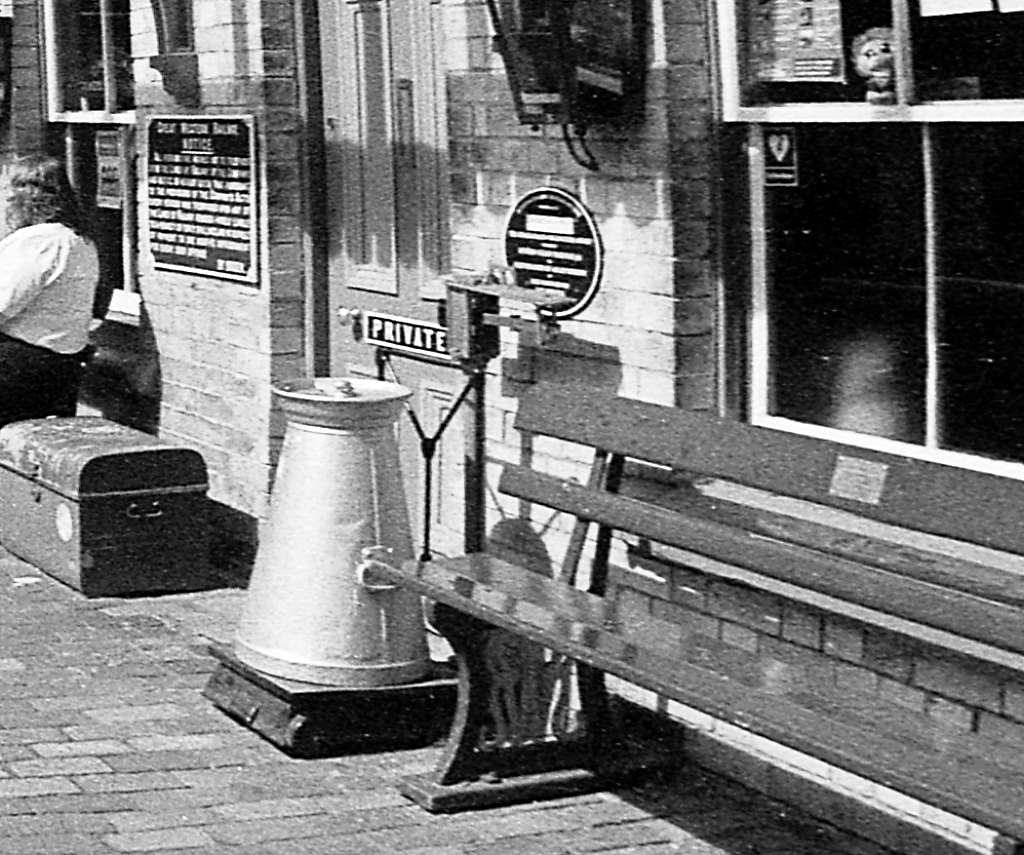
The grain is much more pronounced but the image seems sharper. Some of this may be due to processing (use of the microcontrast slider), but even without that, I think there is a difference. The problem, of course, is that the difference could be due to the developer or to my using FP4 instead of APX100. Someone suggested that the softness might be due to the scanner, so I then decided to try other methods.
I scanned at 6400 dpi on the Epson, and then took a photo using a Sony A7R3 (using an ancient Olympus slide/negative copier with OM Zuiko 80mm macro lens). Crops are shown ( put the original crop in the middle).
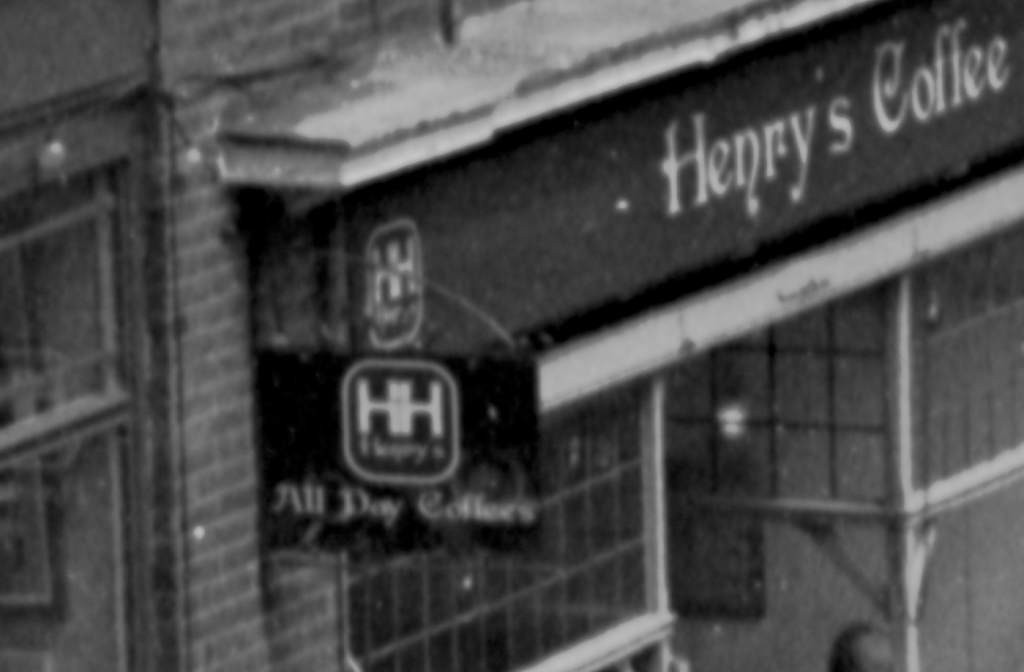
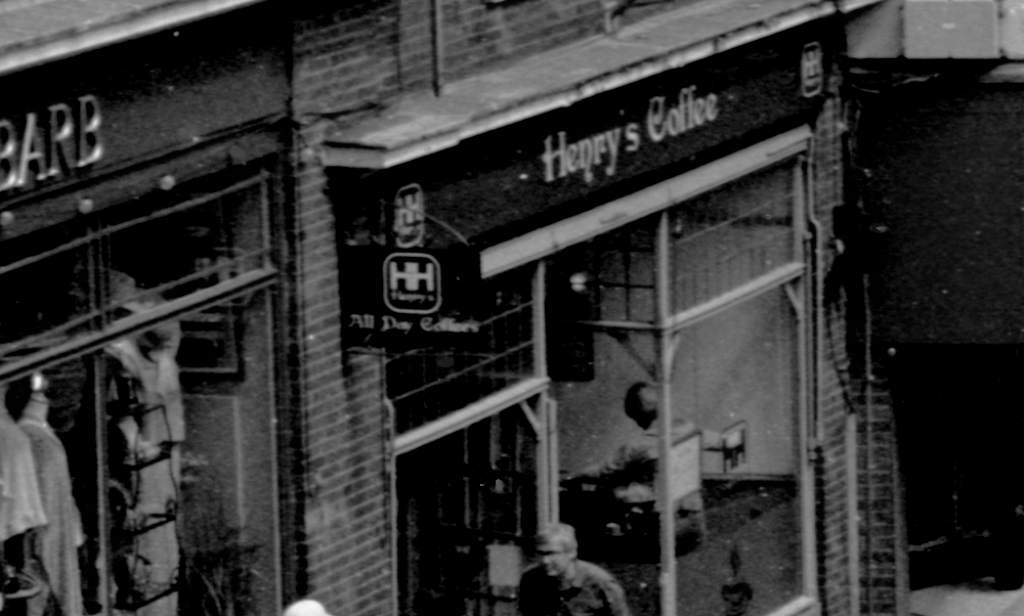
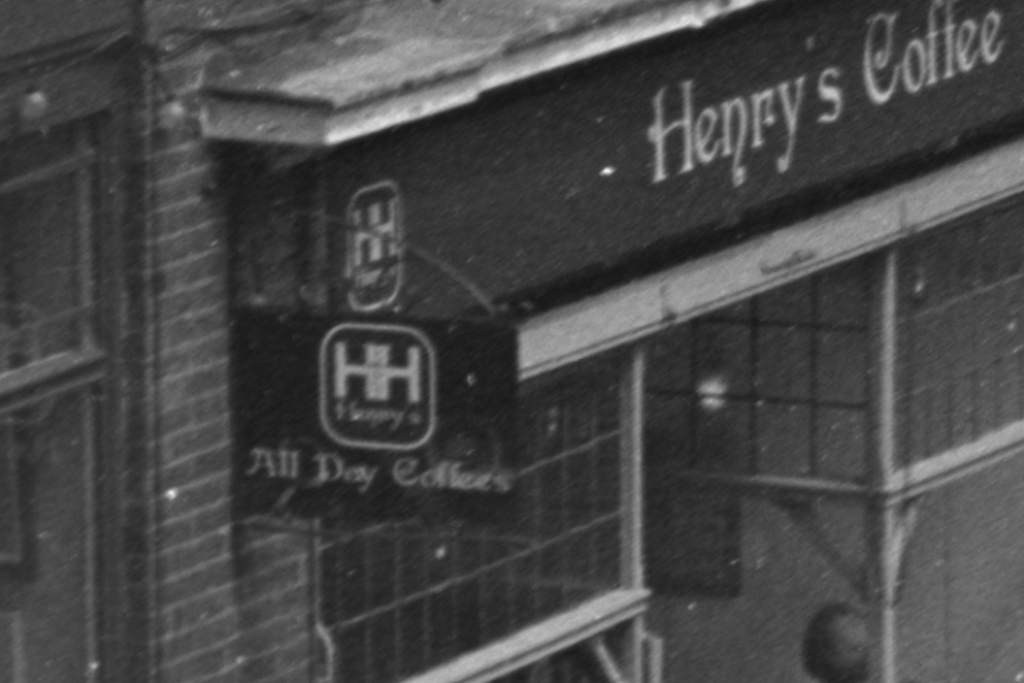
My reading of this is that, unlike with the APX100/Rodinal combination, there is a bit more detail in the higher resolution scans, because of the less pronounced grain, and that the Sony copy is possibly marginally better than the 6400 dpi scan, though there is not much in it (I think the ee in All Day Coffee is clearer).
So what do I conclude from all this? The results are better than I expected, and they persuade me it’s worth doing a bit more experimenting. In particular, I need to try Caffenol with fresh film, to tell whether to blame the expired film or the developer for effects I don’t like such as the softness; or I should put the rest of the roll of FP4 into some Rodinal. Maybe more post-processing will sort it out, though probably not. I also need to decide what is causing all the spots, perhaps improving my drying technique to get less dust. The film was handled more than usual being got from the camera to developing tank spool, though I would expect dust at that stage would be washed off in the developer. Or are the spots due to the way I used the Caffenol (eg should I agitate if less, or give the soda longer to dissolve, or should I let it stand for a bit longer before pouring into the tank?). Until I have done a bit more experimenting I won’t use it for anything serious.
Share this post:
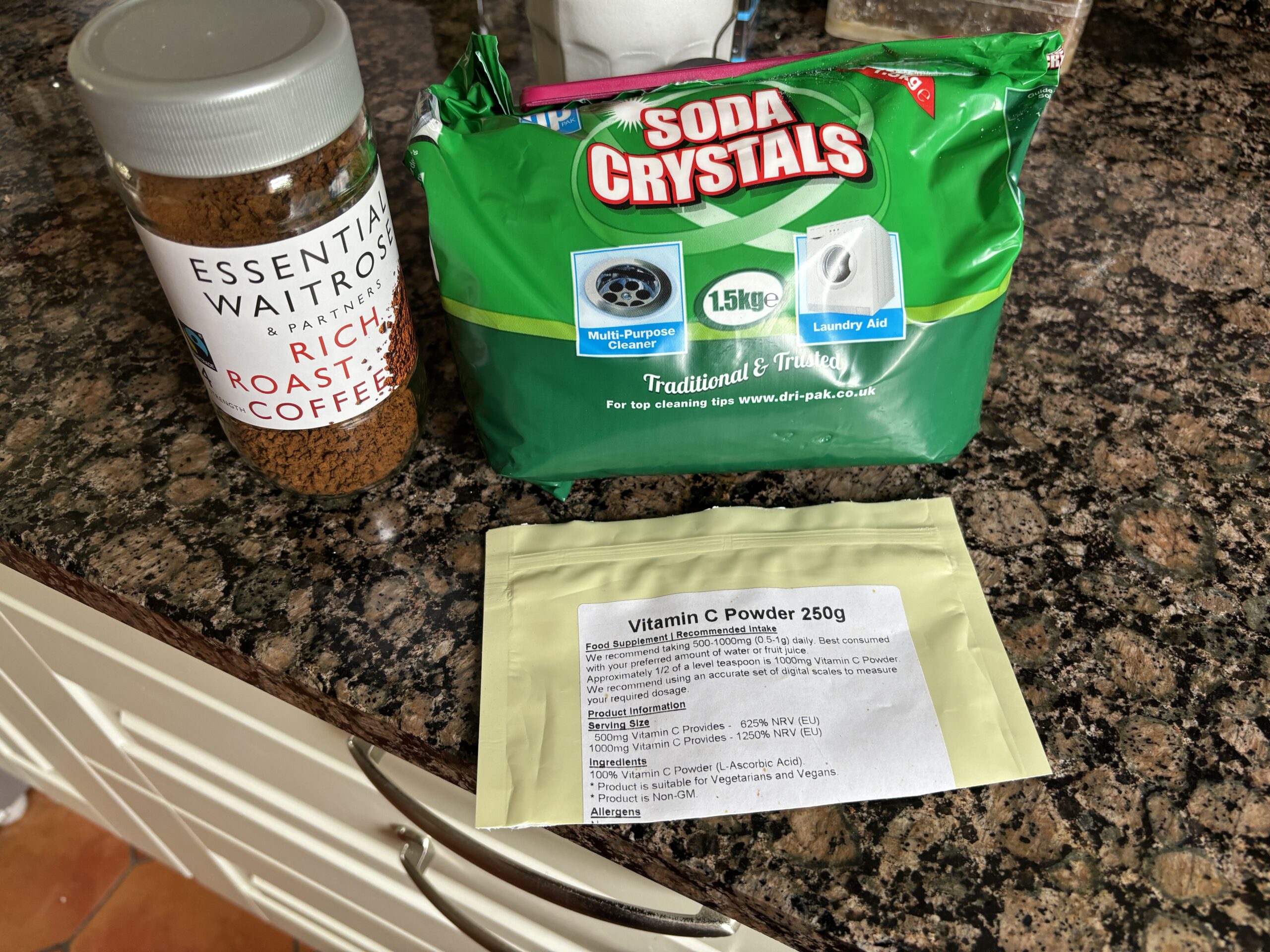
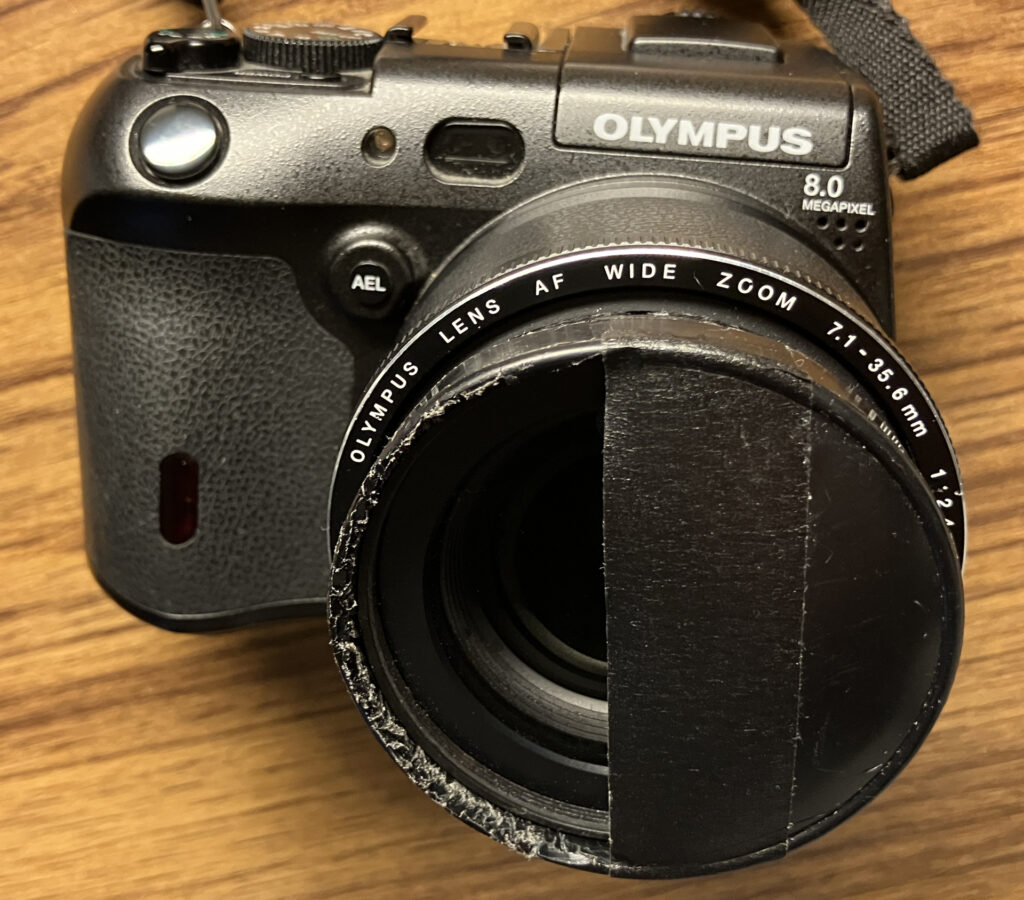
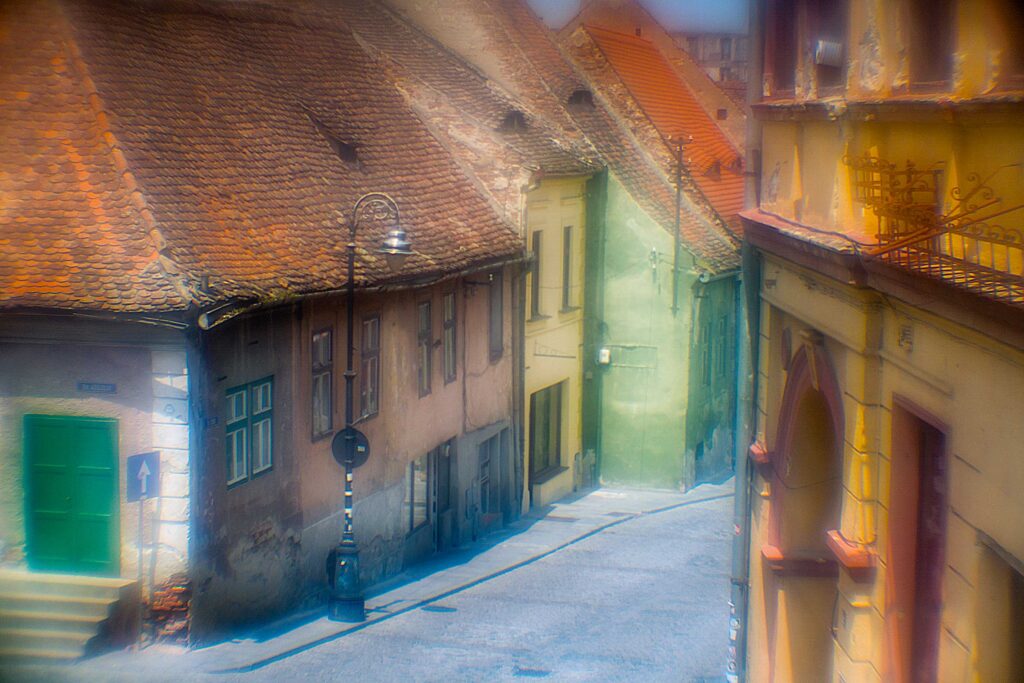

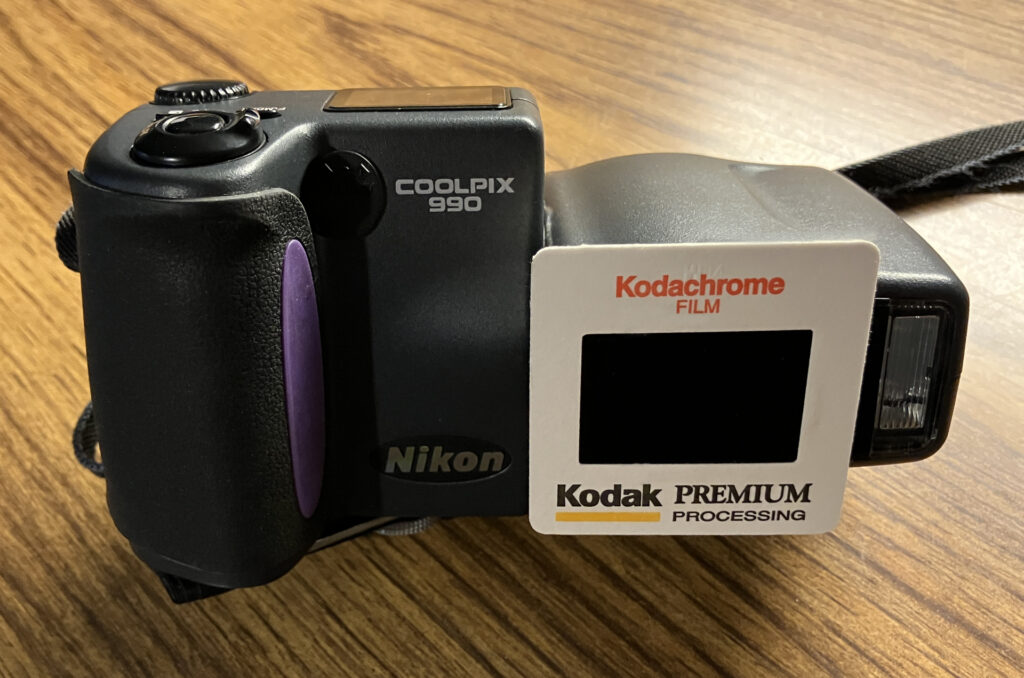




Comments
Robert Swinson on My First use of Caffenol
Comment posted: 27/06/2024
I recently had a test roll developed at a local retail film lab. They returned the uncut roll to me in the plastic "can". I scanned it with an Epson V600.
When I started cleaning the images in Lightroom they were full of dust spots. I was pretty disheartened and cursing the lab. But then I noticed that the pattern of dust repeated for subsequent frames in each location on the scan bed. A quick scan without film showed that the scanner itself has spots and nicks in the glass along with a couple of dead pixels in the light bar.
Comment posted: 27/06/2024
John Fontana on My First use of Caffenol
Comment posted: 27/06/2024
Comment posted: 27/06/2024
Comment posted: 27/06/2024
Ralph Turner on My First use of Caffenol
Comment posted: 27/06/2024
Gary Smith on My First use of Caffenol
Comment posted: 27/06/2024
Roger on My First use of Caffenol
Comment posted: 27/06/2024
As for grain, fresh FP4+ seems a bit better, but I now have some slower film: Ilford Pan F and Ortho Plus, though I have not finished a roll of either yet.
Comment posted: 27/06/2024
Comment posted: 27/06/2024
Comment posted: 27/06/2024
Geoff Chaplin on My First use of Caffenol
Comment posted: 27/06/2024
Tony Warren on My First use of Caffenol
Comment posted: 28/06/2024
Roger on My First use of Caffenol
Comment posted: 28/06/2024
As for copying, though I am very uncertain, I have wondered whether which is best depends on the negatives. A scanner seems to work with nicely exposed negatives, but there have been occasions when I thought that a camera worked better with underexposed ones. But there are so many variables, including settings on the scanner driver, and light source when using a camera, that I am far from certain about this. I use a macro lens, but have wondered whether using a modern macro lens instead of the ancient OM macro lens that I have to use with the Olympus bellows/copier attachment would be better, though that is probably wanting an excuse to try a new gadget (other reasons are that the Olympus device is very heavy and has no built in light source, though that is more of a problem with colour film).
Thanks for all the comments.
Bob Janes on My First use of Caffenol
Comment posted: 28/06/2024
I have the ingredients, but had lacked the confidence to actually give it a go - your results have given me confidence - many thanks!
Juna on My First use of Caffenol
Comment posted: 28/06/2024
Paul Quellin on My First use of Caffenol
Comment posted: 28/06/2024
Comment posted: 28/06/2024
Bob Ashford on My First use of Caffenol
Comment posted: 18/07/2024